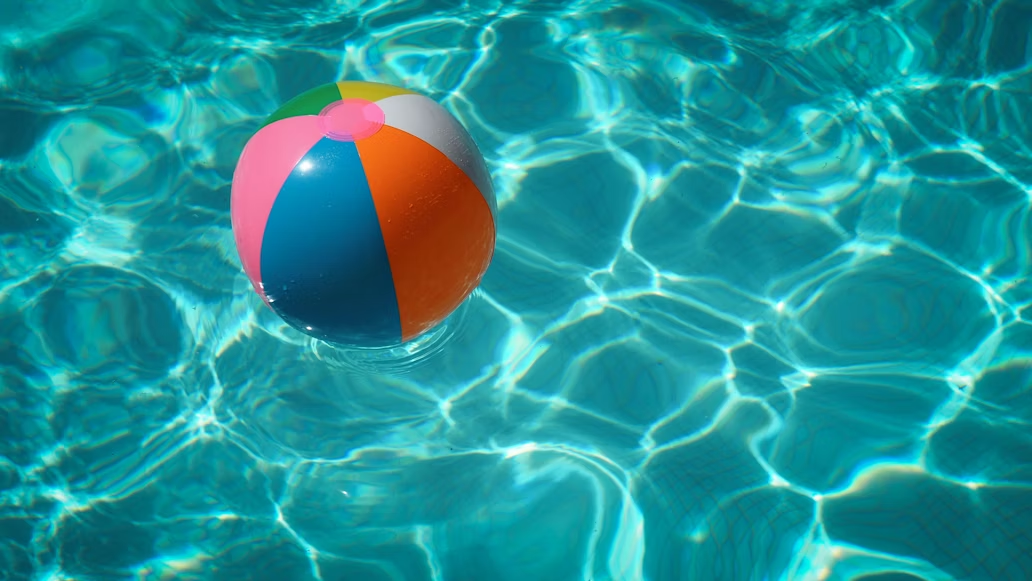A crystal-clear pool with sparkling water is every pool owner’s dream, and the heart of achieving and maintaining this is a healthy pool pump. Your pump for your pool tirelessly works to circulate water, filter debris, and ensure proper chemical distribution. However, just like any other machine, pool pumps wear down over time. Here’s a comprehensive guide to help you determine when it’s time to replace your pool pump and how to go about the replacement process.
5 Signs Your Pool Pump Needs Replacing
1. Reduced Water Flow
One of the first signs that your pool pump might need replacing is a noticeable decrease in water flow from the pool jets or return lines. This could indicate a potential problem with your pump for your pool, such as a clog or malfunction that needs attention.
2. Noisy Operation
While pool pumps are not expected to be silent, unusual grinding, whirring, or clanging noises can signal internal wear and tear. If you notice any of these sounds, it might be time to start considering a replacement.
3. Increased Energy Bills
An older, less efficient pump will consume more energy to circulate the same amount of water. If you experience a significant spike in your electricity bill, it might be a sign that your pump is no longer operating at its best and needs an upgrade.
4. Leaking Pump
A leaking pool pump is not only a safety hazard but also a waste of water. If you notice leaks around the pump body or base, it’s definitely time to start shopping for a replacement.
5. Frequent Tripping of Circuit Breaker
If the circuit breaker protecting your pool equipment frequently trips, it could be due to a failing pump motor overloading the circuit. This is a clear sign that your pump needs attention.
Additional Factors to Consider
1. Age of Your Pump
Most pool pumps last 5-10 years. If your pump is nearing the end of its expected lifespan, it’s a good idea to consider replacing it proactively to avoid unexpected breakdowns.
2. Maintenance History
Regular cleaning and proper maintenance can extend the life of your pool pump. However, even with good care, all machines eventually wear out. Consider your pump’s maintenance history when evaluating its performance and potential need for replacement.
The Replacement Process
1. Choosing a New Pump
Consult a pool professional to ensure you select a pump with the appropriate horsepower for your pool size and circulation needs. Additionally, consider energy-efficient models to save money on your electricity bills in the long run.
2. DIY vs. Professional Installation
Replacing a pool pump can be a complex task that requires electrical and plumbing knowledge. If you’re uncomfortable with DIY electrical work, consider hiring a qualified pool technician for proper installation.
Contact LN Electric Today
Looking for signs that your pool pump needs replacing and considering the additional factors mentioned can help you avoid a potential pool party disaster. By understanding the replacement process and seeking professional help when needed, you can ensure that your pool continues to be a clean, inviting oasis for years to come.

